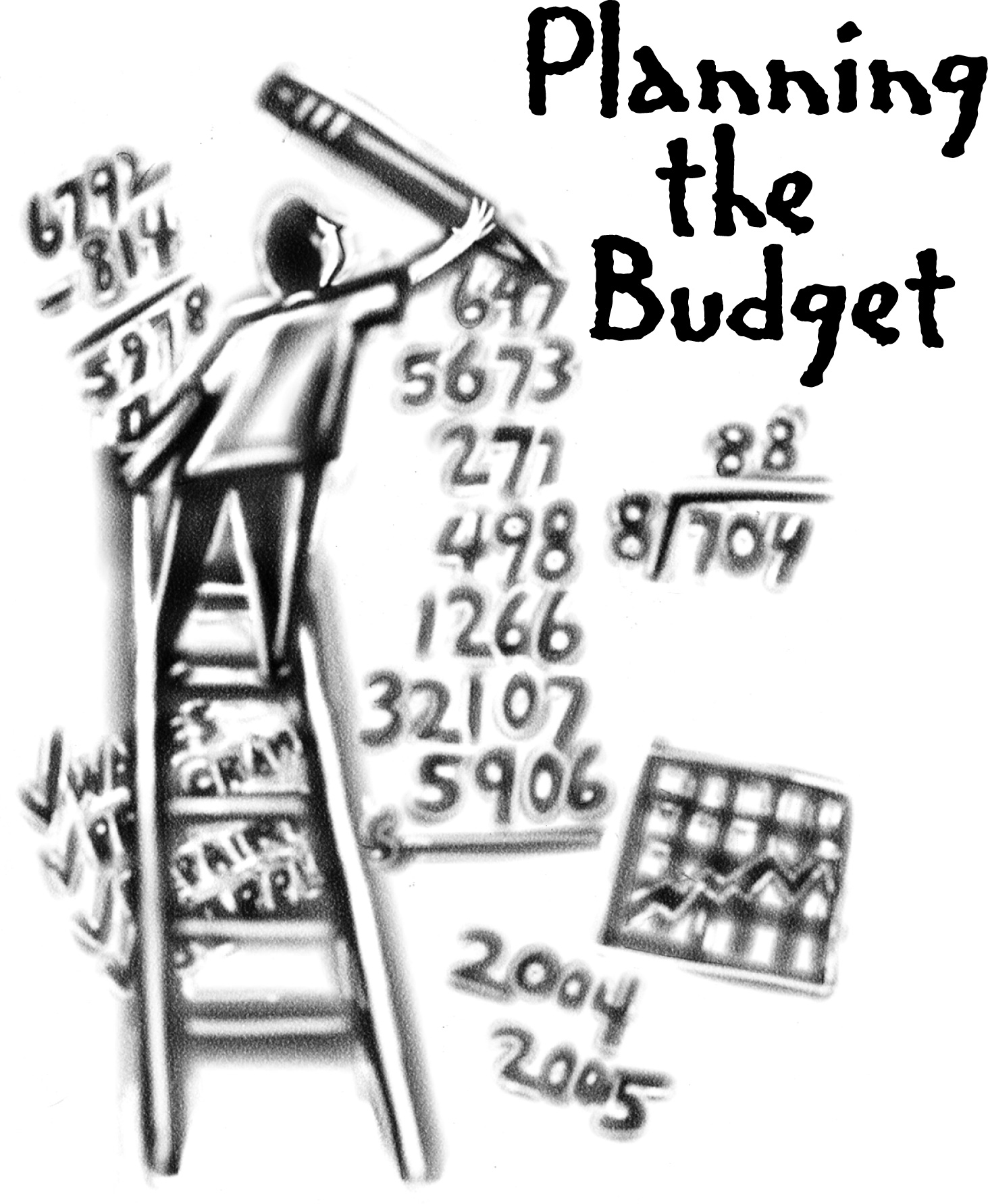

Demand Schedule
Demand
|
Price
|
600
|
$ 100.00
|
500
|
$ 125.00
|
400
|
$ 150.00
|
300
|
$ 175.00
|
200
|
$ 200.00
|

A demand schedule, depicted graphically as the demand curve, represents the amount of some good that buyers are willing and able to purchase at various prices, assuming all determinants of demand other than the price of the good in question, such as income, tastes and preferences, the price of substitute goods, and the price of complementary goods, remain the same. Following the law of demand, the demand curve is almost always represented as downward-sloping, meaning that as price decreases, consumers will buy more of the good.
[2]
Just like the supply curves reflect marginal cost curves, demand curves are determined by marginal utility curves.[3] Consumers will be willing to buy a given quantity of a good, at a given price, if the marginal utility of additional consumption is equal to the opportunity cost determined by the price, that is, the marginal utility of alternative consumption choices. The demand schedule is defined as the willingness and ability of a consumer to purchase a given product in a given frame of time.
It is aforementioned, that the demand curve is generally downward-sloping, there may be rare examples of goods that have upward-sloping demand curves. Two different hypothetical types of goods with upward-sloping demand curves are Giffen goods (an inferior butstaple good) and Veblen goods (goods made more fashionable by a higher price).
Supply Schedule
Supply
|
Price
|
200
|
$ 100.00
|
300
|
$ 125.00
|
400
|
$ 150.00
|
500
|
$ 175.00
|
600
|
$ 200.00
|
A supply schedule is a table that shows the relationship between the price of a good and the quantity supplied. A supply curve is a graph that illustrates that relationship between the price of a good and the quantity supplied .
Under the assumption of perfect competition, supply is determined by
marginal cost. Firms will produce additional output while the cost of producing an extra unit of output is less than the price they would receive.
By its very nature, conceptualizing a supply curve requires the firm to be a perfect competitor, namely requires the firm to have no influence over the market price. This is true because each point on the supply curve is the answer to the question "If this firm is faced with this potential price, how much output will it be able to and willing to sell?" If a firm has market power, its decision of how much output to provide to the market influences the market price, then the firm is not "faced with" any price, and the question is meaningless.
Economists distinguish between the supply curve of an individual firm and between the market supply curve. The market supply curve is obtained by summing the quantities supplied by all suppliers at each potential price. Thus, in the graph of the supply curve, individual firms' supply curves are added horizontally to obtain the market supply curve.
Economists also distinguish the short-run market supply curve from the long-run market supply curve. In this context, two things are assumed constant by definition of the short run: the availability of one or more fixed inputs (typically physical capital), and the number of firms in the industry. In the long run, firms have a chance to adjust their holdings of physical capital, enabling them to better adjust their quantity supplied at any given price. Furthermore, in the long run potential competitors can enter or exit the industry in response to market conditions. For both of these reasons, long-run market supply curves are flatter than their short-run counterparts.
EQUILIBRIUM


An equilibrium market price is the price at which there is no tendency for it to change.
When price is lower than the equilibrium price, quantity demanded will be greater than quantity supplied. There will be a tendency for the price to increase.
When price is higher than the equilibrium price, quantity supplied will be greater than quantity demanded. There will be a tendency for the price to decrease.
Equilibrium market price is attained when the quantity demanded equals quantity supplied. It is sometimes called market clearing price.

3-D TV Tuning Out?
3-D TV Tuning Out? 3-D TV Tuning Out?
Consumers have clamored for smartphones and DVRs, but 3-D television? Not so much.
Although more 3-D-capable television sets have become available in the last few years, sales have been sluggish. Lack of demand has caused an issue that complicates the market for 3-D television even further: Not many TV shows are currently available in 3-D. . Despite the issues with the technology, optimistic network executives are reluctant to give up on 3-D TV.
What happened to the equilibrium price of the phone between Demand 1 and Demand 2?
Which of the following could explain this shift in price?
a) Apple creates a new commercial for i Phones that is effective.
b) The price of producing iPhones has dropped as a result of increased methods of worker exploitation in China
c) Samsung introduces a new Galaxy smartphone at a comparable price.
Pretend a few months after the release of the Galaxy phone it's discovered there's a serious glitch and the news gets all over the Internet.
Create a demand and price graph that would depict a likely scenario.





 Ads in School
Ads in School 











